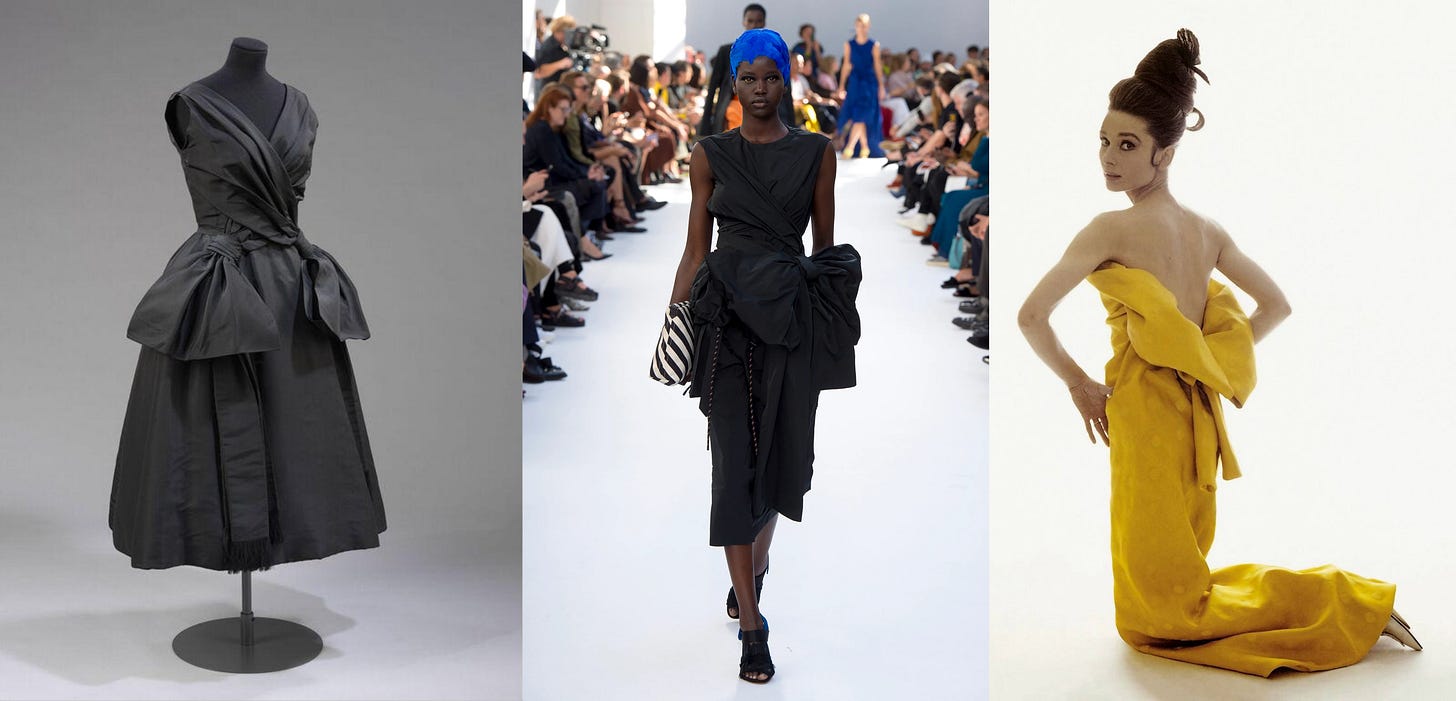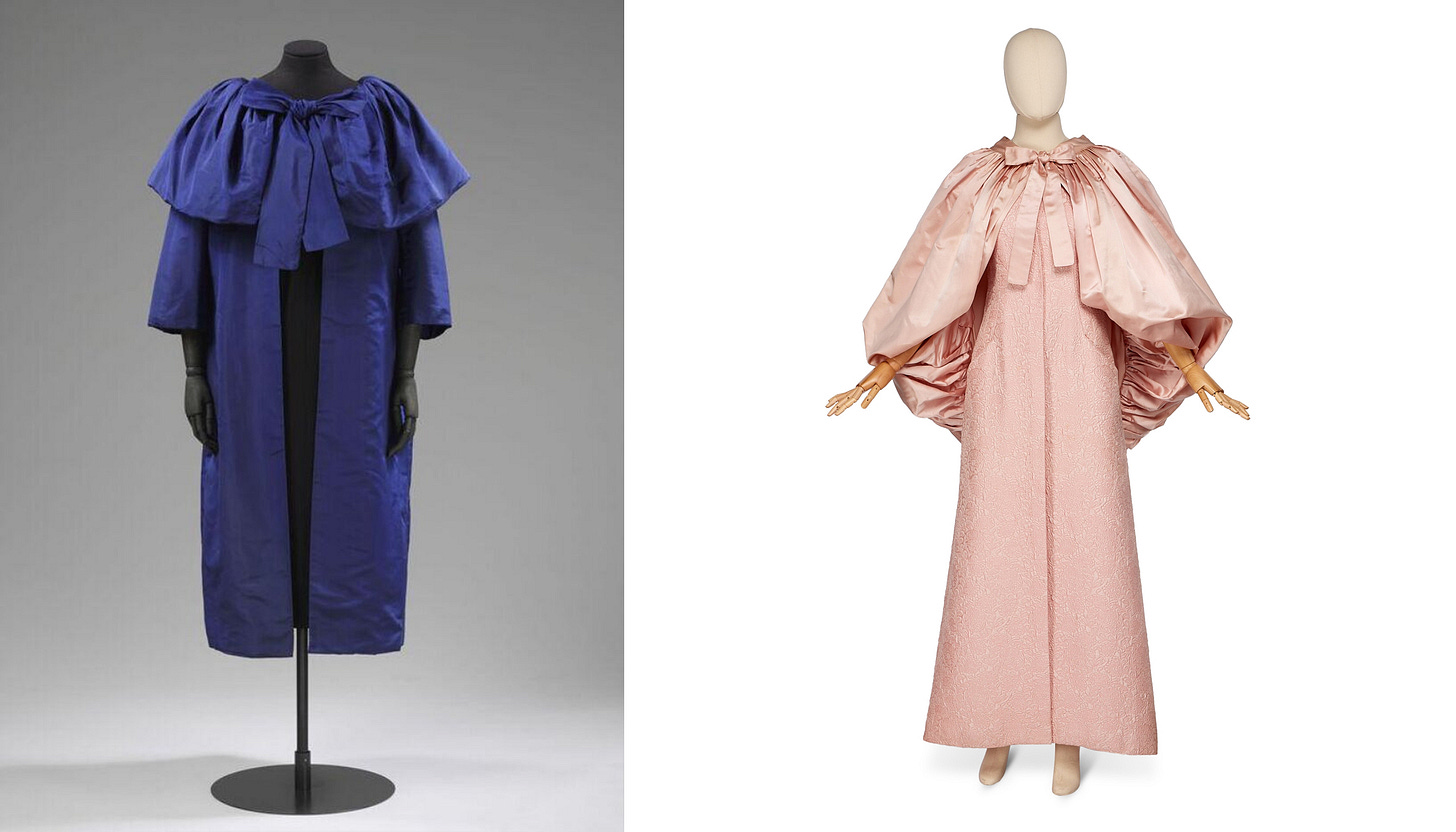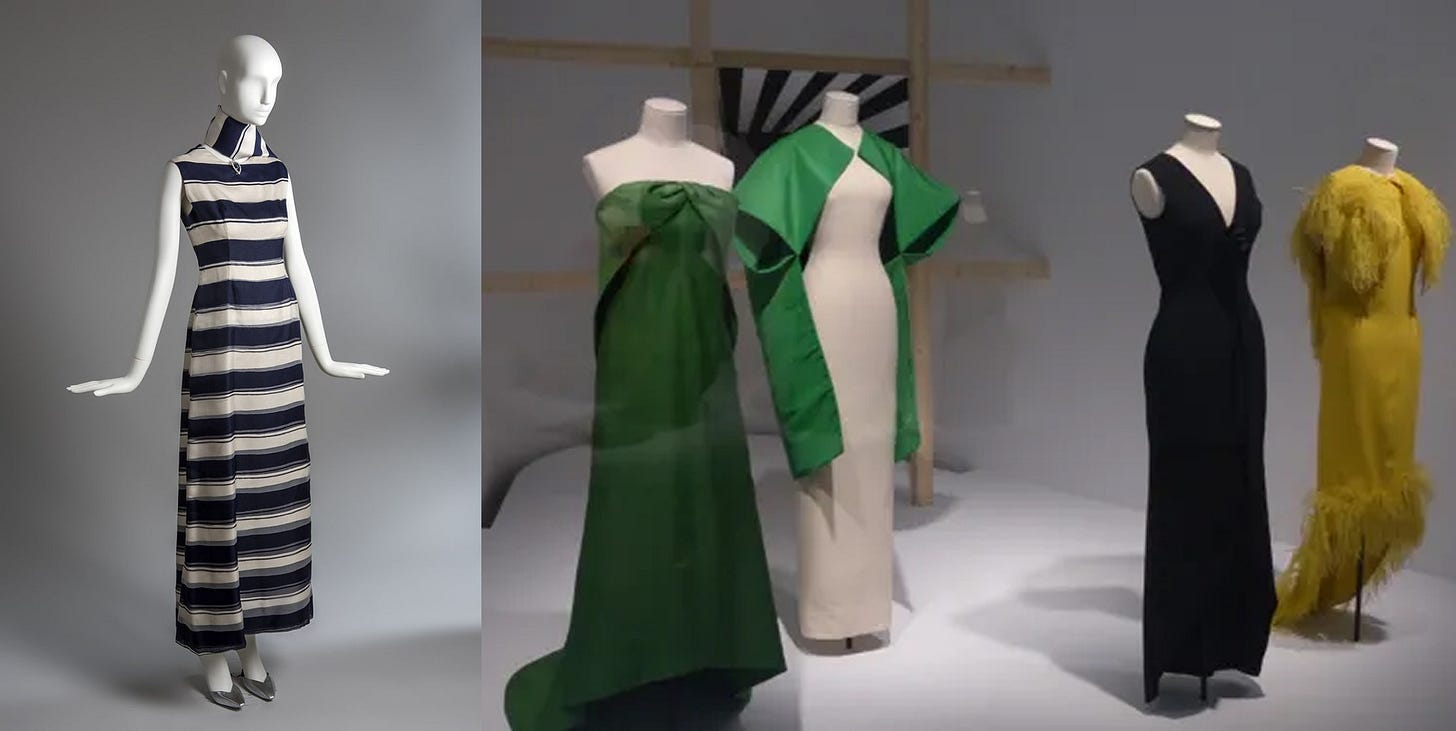056: Why I Collect Dries Van Noten Spring 2019
Too many designers ignore the technicality that is Life; Dries Van Noten is the exception.
Only Dries Van Noten could create a universe in which bungee cords and couture opera coats intersect to create liberating cotton dresses which strike harmonious balance between utility and whimsy. In her review of the designer’s Spring 2019 collection for The Cut, Cathy Horyn declared, “This was one of the year’s best spring collections.” One could argue that it was one of Van Noten’s greatest displays of talent and demonstration of his overflowing knowledge of fashion history, with nods to Charles James and the glory days of Hubert de Givenchy without the faintest flirtation with nostalgia. Any yearning for the past was offset by translucent floral-printed anoraks and boiler suits adorned with bead and crystal epaulets.
Why would you not want to collect these pieces? In my opinion, few if any of Dries Van Noten’s collections have faltered, even those he claims were critically divisive, such as Fall 2001, where monochromatic looks took center stage, or Fall 2009’s Francis Bacon show. Yet Spring 2019 achieved something that I cannot quite put to words, something akin to attitude. Perhaps this could be because Van Noten and his team were principally concerned with communicating an attitude, rather than an era or a strict theme. “The way that you dress, the way that you gesture, the way that you stand,” shared the designer with editors after the show. Attitude.
My gateway piece from this collection was a breezy cotton bright blue dress patterned with hazy pink flowers. Though I have never been one for a cold shoulder, there was something both humorous and sensual of a thick bungee cord tied just below the nape of the neck giving way to a sliver of skin. Its cut and color resembling bioluminescent jellyfish, it was certainly not designed with the heterosexual male’s desire in mind, ever a rarity in Fashion, and even on my most unforgiving days, it has the unique ability of allowing me to feel the better parts of myself.
In reviews and references to this collection, “couture” is frequently mentioned without going into specifics. While attempting to infer what elements recalled couture, I came across a silk navy-violet opera coat by Cristóbal Balenciaga from 1954, inspired by Japanese kabuki coats, on the Victoria and Albert Museum’s website, and saw parallels with Van Noten’s collection some sixty-five years later. And at Sotheby’s auction of socialite Alixandra Fitzwilliam-Tate Baker’s extensive couture collection, I found a pink matelassé Balenciaga dress topped off with a dramatic pleated cape, which reminded me of the sleeves of my blue dress. Balenciaga, who refused to expand into ready-to-wear, would have most certainly turned his nose up at Van Noten’s accessibility, and for that notion alone I find Van Noten’s work ever the more alluring, his ability to draw from the most beautiful elements of couture to craft clothes for the modern woman and her everyday.
One of the most memorable pieces from Van Noten’s runway show was from the opening look: a canary yellow sleeveless mesh top with large plastic “feathers” sewn on, paired with a crisp white cotton lab coat, and a jumpsuit with its top undone and gathered at the waist, worn as trousers. By some stroke of luck and madness, I was able to source it last year on Vestiaire Collective. While it is slightly larger than what I usually wear, as the great Celine Dion once said, “I’ll make them work. I’ll make them fit.” Van Noten’s use of faux feathers, which at first glance could be mistaken for crystal or delicate glass, is perhaps his way of making light of the staid ways of the couture houses of yore, who catered only to the wealthiest of women. These are feathers meant to be worn to dinner (the reservation under your name, of course), or if you are feeling bold, to work.
As I continued excavating to find connections to couture, I discovered a blog written by a woman from Brisbane who had moved to Italy some time ago. In the midst of accounts on travel, she had also written about a visit to the Balenciaga Museum in Getaria and shared photos from her trip. What stood out was an image of a few Balenciaga gowns in shades not unlike Van Noten’s 2019 palette: diamine green, black, white, and canary yellow. These colors, in addition to bold stripes and checks, were popular with other haute couture designers as well, such as Jeanne Lanvin, Hubert de Givenchy, and Christian Dior.

It was not only by way of color that Van Noten evoked haute couture, but through technique too. The voluminous gathered waist has become the designer’s signature, which he returned to in Spring 2020 for his collaborative collection with Christian Lacroix, and for Spring 2025, the brand’s studio team put forth a similar style, but now with a narrower silhouette and a slit up the front. In an editorial for Vogue Paris in 1963, Audrey Hepburn wears a canary yellow Givenchy gown with a similar detail at and around the bust. How clever is it that Van Noten recontextualized this couture element not with finicky boning that would be impossible to reproduce at a larger scale, but by simply leaving the tops of jumpsuits and dresses undone and with the aide of bungee cords?
On the V&A site, I also stumbled upon a black Christian Dior silk evening dress from 1957, its shape and volume constructed with metal coil boning and silk and nylon petticoats. In Van Noten’s interpretation of the quintessential little black dress, excess is done away with, and material is skillfully draped and manipulated.
“What’s more beautiful than workwear?”1 said the designer of this collection. There is a reason why clients and fans of the Dries Van Noten brand are devout: his designs, simultaneously uplifting and grounding, are meant for living life in. And in a landscape where far too many designers neglect the technicality that is Life, what’s more beautiful than that?
Horyn, Cathy. “Dries van Noten’s Haute Sportswear Is Perfect.” The Cut, September 27, 2018. https://www.thecut.com/2018/09/cathy-horyn-reviews-dries-van-noten-and-marine-serre-ss19.html.








